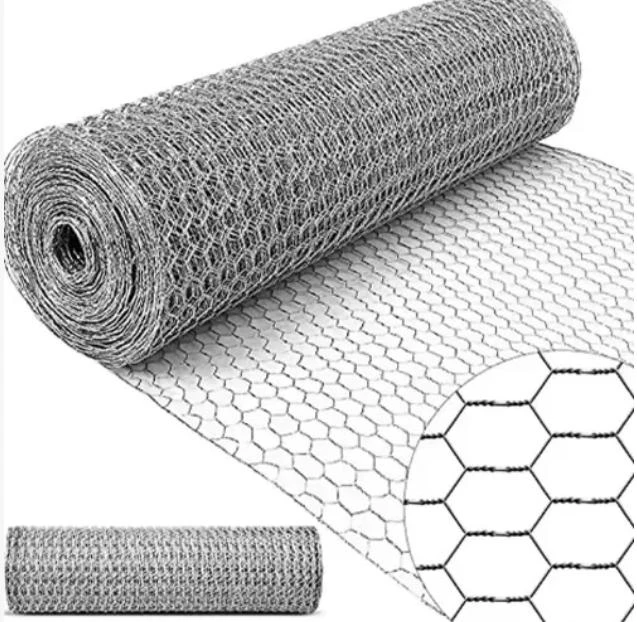-
 Phone:
Phone: -
 Email:
Email:

Cost Analysis of Rock Netting for Slope Stabilization and Erosion Control Projects
Rock Netting Cost Understanding the Investment in Safety and Stability
Rock netting, an essential component in slope stabilization and erosion control, has gained significant attention in construction and civil engineering projects. As infrastructure development expands, understanding the costs associated with rock netting becomes crucial for project managers, engineers, and stakeholders. The investment in rock netting not only enhances safety but also ensures the longevity and durability of structures situated near unstable rock formations.
What is Rock Netting?
Rock netting, also referred to as rockfall netting or rockfall protection mesh, involves the installation of a network of steel or synthetic fibers that are anchored to steep slopes or rock faces. These systems are designed to catch and contain loose rocks that may fall due to weathering, seismic activities, or human interference. By preventing rockfalls, rock netting reduces the risk of damage to infrastructure, vehicles, and most importantly, human life.
Factors Influencing Rock Netting Costs
The cost of rock netting installation can vary widely based on several factors. Here are the primary considerations that influence the overall cost
1. Site Conditions The geographical landscape plays a significant role in the pricing of rock netting. Steeper slopes, loose soil, and rocky terrains will require more complex installation techniques and robust materials, leading to higher costs. Assessing geotechnical conditions, such as soil composition and rock stability, is vital before estimating expenses.
2. Material Quality The type of material used for rock netting impacts the cost significantly. Steel mesh is durable and offers high tensile strength but may be more expensive than synthetic alternatives like high-density polyethylene (HDPE). The choice of material will depend on project requirements, environmental considerations, and budget limitations.
3. Size and Scale of the Project The larger the area requiring protection, the higher the overall cost due to increased material needs and installation time. Small-scale projects, such as a residential property with minor slope issues, will naturally incur lower costs compared to large infrastructures like highways or tunnels.
rock netting cost

4. Labor Costs Skilled labor is essential for rock netting installation, especially in remote or challenging locations. Labor costs will vary based on regional wage rates, the complexity of the installation, and the availability of experienced workers. Projects that require specialized expertise, such as rock climbing or aerial lifting, may see a significant increase in labor costs.
5. Permitting and Compliance Depending on local regulations, obtaining necessary permits for rock netting installation can involve additional costs, including application fees and inspections. Compliance with environmental and safety regulations may also necessitate further expenditures.
Average Costs of Rock Netting
While costs can fluctuate based on the aforementioned factors, industry estimates suggest that rock netting projects can range from $10 to $30 per square meter. Comprehensive projects with extensive requirements may exceed these figures, especially in challenging environments. Therefore, it is essential for project planners to conduct thorough assessments and reviews before finalizing budgets.
Long-Term Benefits and ROI
Investing in rock netting is not just about immediate costs; it’s about long-term benefits. Effective rockfall protection reduces the likelihood of accidents and property damage, which can lead to significant savings over time. By implementing rock netting, stakeholders can avoid costly repairs and legal liabilities associated with incidents caused by rockfalls.
Moreover, enhanced safety measures contribute to increased public confidence in infrastructure development. Projects are less likely to face operational downtimes caused by safety concerns, thereby benefiting the economy and community.
Conclusion
Rock netting is a critical safety measure for projects involving unstable terrains. Understanding the cost implications, along with the factors that influence pricing, is essential for stakeholders to make informed decisions. While the initial investment may seem high, the long-term benefits and protection against potential hazards make rock netting an invaluable aspect of modern engineering and construction practices. As the construction industry evolves, embracing innovative solutions like rock netting will continue to play a pivotal role in maintaining safety and stability in our built environments.
-
Wire Mesh for Every Need: A Practical SolutionNewsJul.25,2025
-
Steel Fences: Durable, Secure, and Stylish OptionsNewsJul.25,2025
-
Roll Top Fencing: A Smart Solution for Safety and SecurityNewsJul.25,2025
-
Cattle Farm Fencing Solutions for Maximum SecurityNewsJul.25,2025
-
Affordable Iron Binding Wire SolutionsNewsJul.25,2025
-
Affordable Galvanized Wire SolutionsNewsJul.25,2025
-
Wire Hanger Recycling IdeasNewsJul.25,2025








